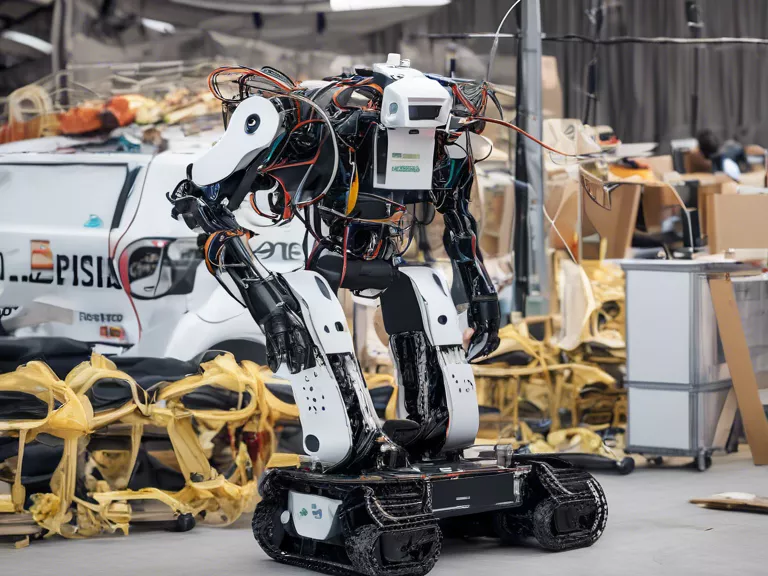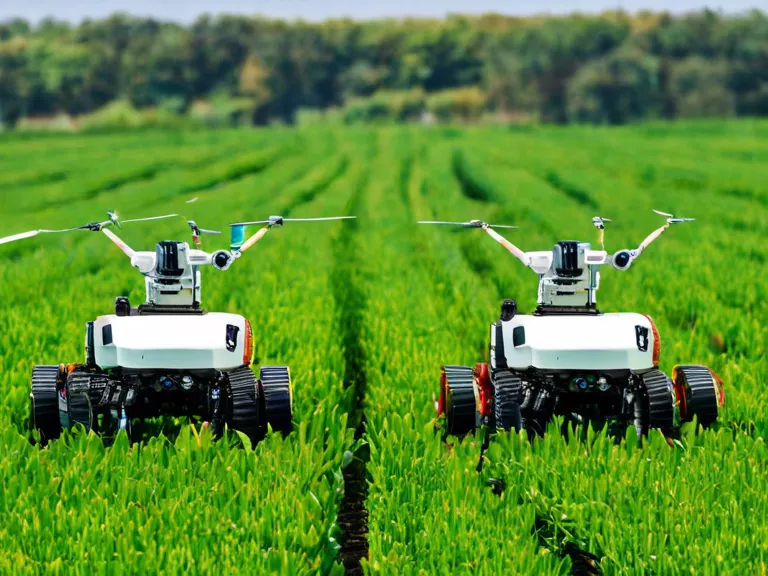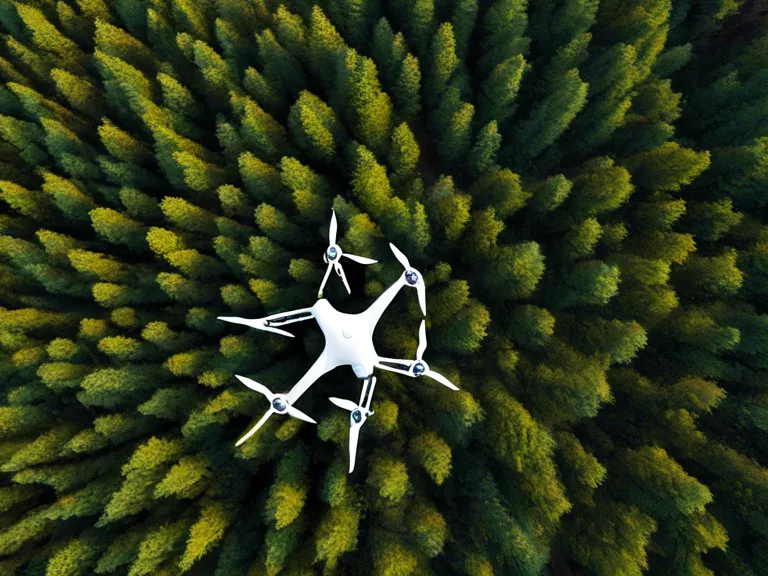
In recent years, the use of robotics technology has become increasingly prominent in disaster response and recovery efforts. From aiding search and rescue missions to providing crucial information on the ground, robots play a vital role in enhancing the efficiency and effectiveness of emergency response teams.
One key area where robotics has made a significant impact is in search and rescue operations. Robots equipped with cameras and sensors can navigate through hazardous environments, such as collapsed buildings or rubble, to locate and rescue survivors. These robots can access areas that may be too dangerous for human responders to enter, helping to speed up the search and rescue process and increase the chances of finding survivors.
In addition to search and rescue, robotics technology is also used in disaster recovery efforts. For example, drones equipped with cameras can be used to assess damage in hard-to-reach areas, providing crucial information to aid in the response and recovery process. This can help emergency responders prioritize their efforts and allocate resources more effectively.
Furthermore, robots can also assist in the delivery of aid and supplies to affected areas. Autonomous vehicles can be used to transport essential supplies, such as food and medical supplies, to areas that may be inaccessible to traditional vehicles. This helps to ensure that aid reaches those in need quickly and efficiently, ultimately saving lives in the aftermath of a disaster.
Overall, the role of robotics in disaster response and recovery efforts cannot be understated. From search and rescue missions to assessing damage and delivering aid, robots play a crucial role in enhancing the capabilities of emergency response teams. As technology continues to advance, we can expect to see even more innovative uses of robotics in disaster response efforts in the future.



